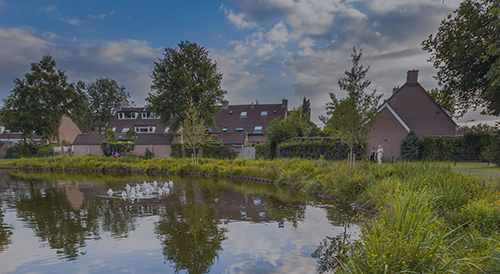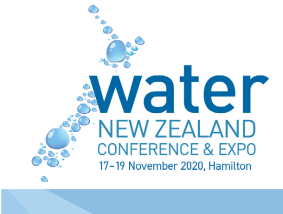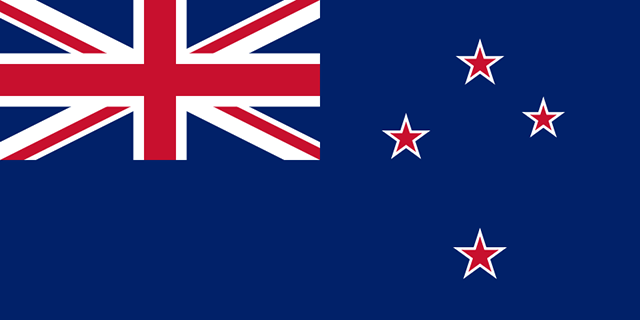Understanding the operational cost of sustainable drainage systems

ABSTRACT
In England, SuDS have been part of urban development proposals since the 2000’s and mandatory from 2014, but there is ongoing uncertainty around who is ultimately responsible for adoption and maintenance of SuDS systems. This is due to the governing legislation (the Flood and Water Management Act of 2010) not completely being implemented. The Act requires SuDS systems serving two or more properties to be maintained long term, but the part of the legislation delegating this responsibility to Local Authorities was never enacted in England. Some Local Authorities have adopted ‘community’ SuDS systems, but other developments rely on private companies for ongoing maintenance. A significant barrier to adoption is the poor understanding of the long-term maintenance costs.
In New Zealand, Stormwater Management Devices have been used to support land development and achieve Resource Consent requirements since the early 1990’s. Auckland Regional Council’s TP10 (1992) and more recently Auckland Council’s GD01 (2017) provide guidance on the selection, design, operation and maintenance of such systems. These documents have also been used by other local authorities outside of the Auckland Region. Similar to the UK, ownership and maintenance responsibilities for such systems have not been clearly mandated, with individual Local Authorities generally determining relevant rules and responsibilities on a district by district basis. A key outcome has been the maintenance of many such systems remaining the responsibility of private property owners. While these responsibilities are enforceable through the regulatory framework, the effectiveness of their enforcement has been limited by the associated resourcing requirements.
This paper will present the work completed to date in the development of a maintenance costing tool for SuDS / WSD features. The tool was originally developed to compare the maintenance costs of SuDS / WSD features to ‘traditional’ drainage systems, to assess where SuDS / WSD could be lower cost in the long term. The tool has now expanded to development of a database of common maintenance activities and associated costs for a range of urban assets, including SuDS / WSD, that can be adapted to local conditions. The activities are based on industry best practice, in-house design / operational experience and Local Authority officer experience. The ongoing costs are developed from a combination of Local Authority contractor maintenance cost data and in-house experience.
The paper will also explore how experiences in England could be used in NZ, along with transferability of activity schedules and related cost rates for use in a NZ context. It aims to provide financial evidence that WSD / SuDS devices are lower cost long term compared to other approaches, along with better informing asset owners of likely long-term costs of adopting assets from developers at a site scale.
The full paper is available to download below.



